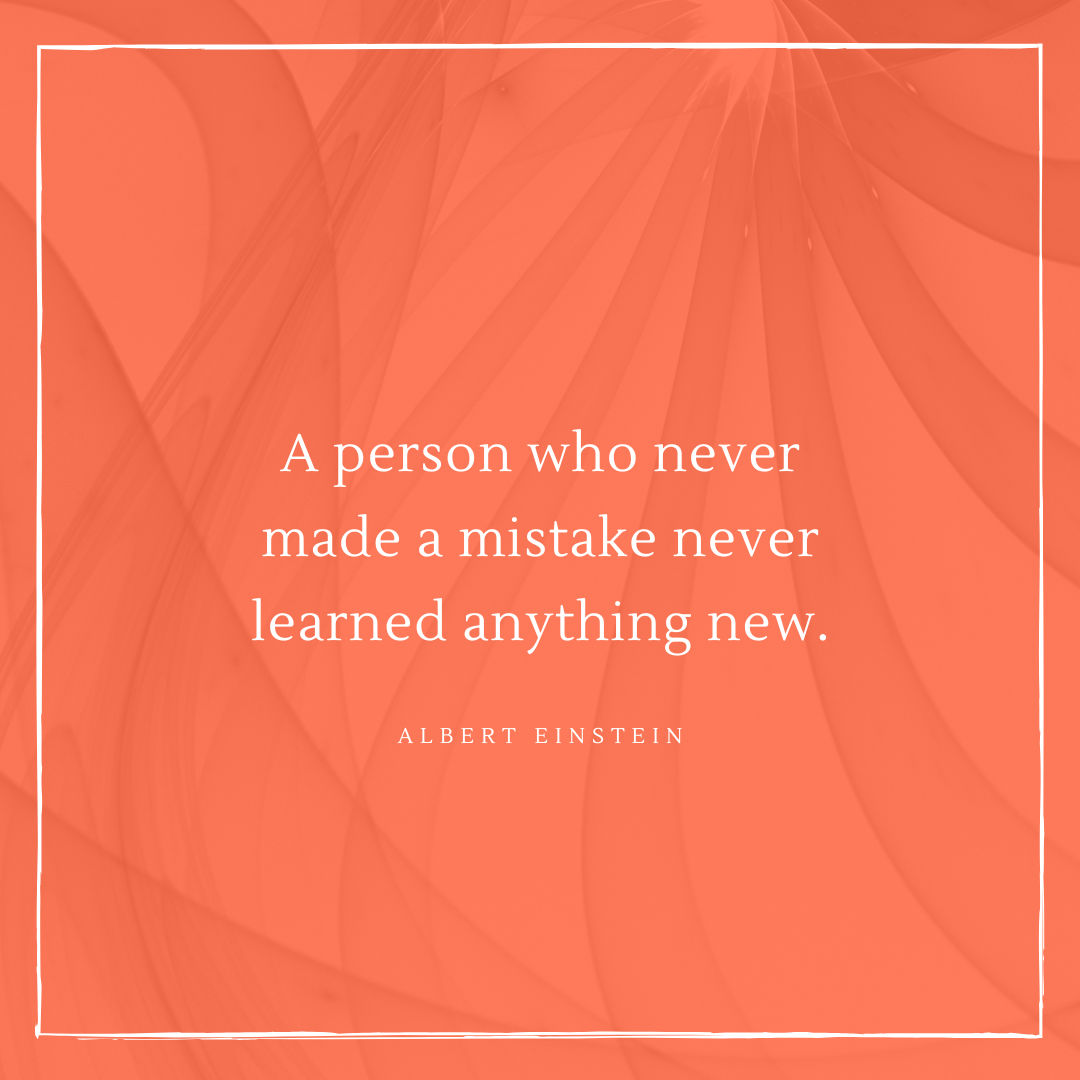Why Is Customer Service Response Time So Important?

There are over 30 million small businesses operating just in the U.S. While these businesses are in many different industries, they share some fundamental concerns.
They all worry about things like cash flow, revenue, and profit margins. They must also worry about things like marketing, lead generation, and customer relationship management.
One of the more important, but often overlooked, elements of customer relationship management is customer service response time. Many businesses put off responding to customer service calls because it often involves dealing with an angry customer. Yet, that delay can have serious consequences.
If you’re in the habit of putting off responding to customer service inquiries, keep reading to learn why your response times matter.
What Is Customer Service Response Time?
Customers can potentially reach out to your business with customer service inquiries in a variety of ways. Some of the more common ways include:
- Phone calls
- Emails
- Dedicated ticket systems
- Social media
The exact methods available often depend on the company and the product or service. Response time is a customer service metric that tracks the average time it takes for your business to react to those inquiries.
With that essential definition covered, let’s look at why this metric matters.
Limit Customer Frustration
Anyone who has spent half an hour waiting to talk to a customer service rep at a call center understands that frustration mounts quickly when you have a problem. That frustration doesn’t get any better when someone must wait 24-48 hours to get a response.
Yet, these are normal customer wait times for customer service responses in a variety of industries. Of course, the longer you make someone wait, the less forgiving they will become.
That intolerance will only grow sharper if the customer service response doesn’t resolve their problem the first time out.
Long Wait Times Can Cost You Customers
The real risk you run with poor response times from your contact center is that customers will abandon your business. Customers will often read your delay as an implicit sign that their business doesn’t matter to you. In other words, you provide poor customer service.
Like it or not, even a single instance of poor customer service can make a customer drop a business or brand. You don’t need too much of that before it starts hitting the bottom line.
Managing Response Times
If you’re in the habit of putting off customer service calls or emails, you should consider an alternative. For example, you can outsource your customer service to a third-party customer help desk.
You avoid most of the things that make customer service a challenge and your customers get better response times. Those better response times reduce frustration and signal that customer service matters to you.
Customer Service Response Time and You
While you may loathe customer service calls and emails, your response time can have a meaningful impact on your business. Take too long and customers may well abandon your business or brand for someone else.
XACT provides a range of customer service-related services, including customer help desk services. For questions or more information, please contact XACT today.





